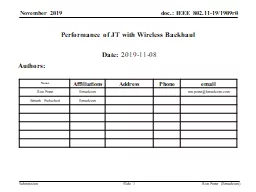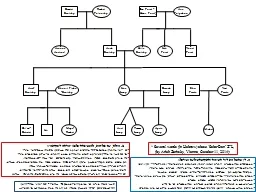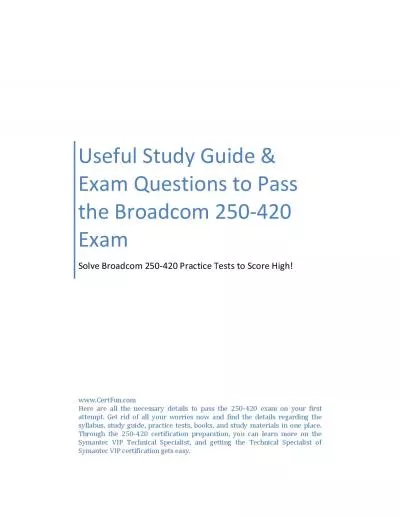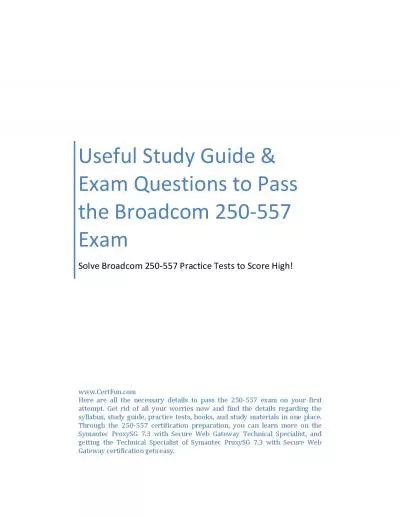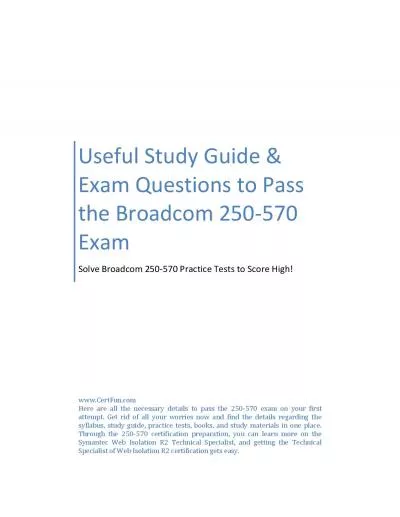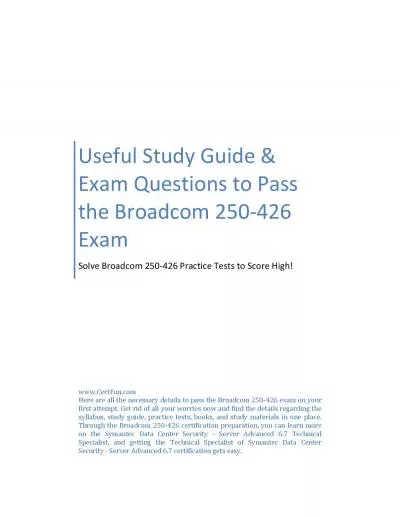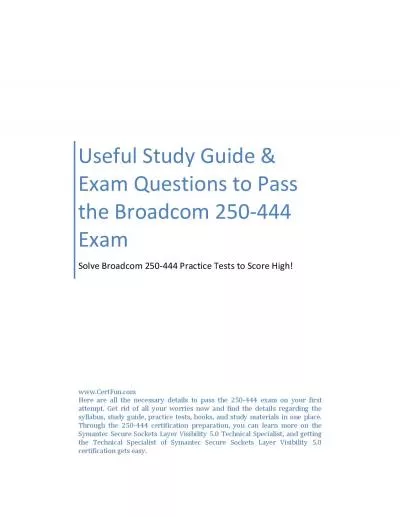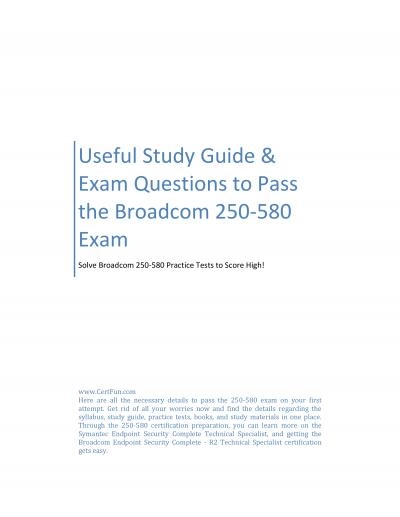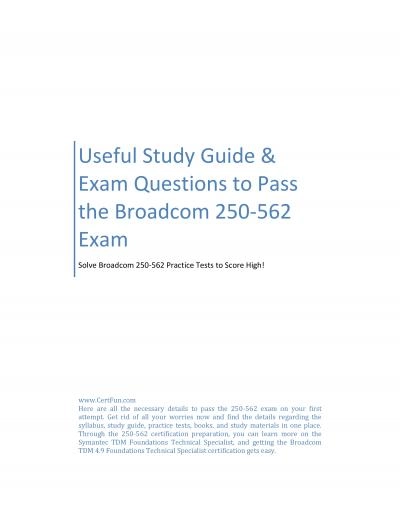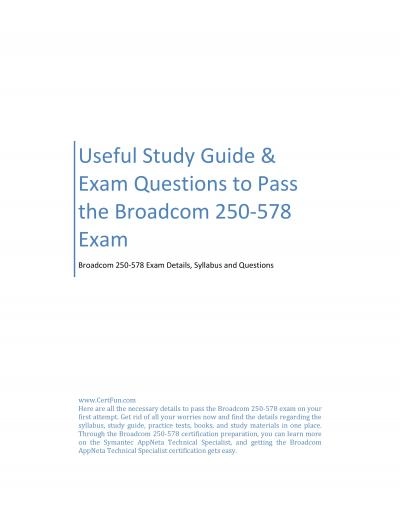PPT-Ron Porat (Broadcom)
Author : pasty-toler | Published Date : 2020-01-20
Ron Porat Broadcom Performance of JT with Wireless B ackhaul Date 20191108 Authors Slide 1 November 2019 Name Affiliations Address Phone email Ron Porat Broadcom
Presentation Embed Code
Download Presentation
Download Presentation The PPT/PDF document "Ron Porat (Broadcom)" is the property of its rightful owner. Permission is granted to download and print the materials on this website for personal, non-commercial use only, and to display it on your personal computer provided you do not modify the materials and that you retain all copyright notices contained in the materials. By downloading content from our website, you accept the terms of this agreement.
Ron Porat (Broadcom): Transcript
Download Rules Of Document
"Ron Porat (Broadcom)"The content belongs to its owner. You may download and print it for personal use, without modification, and keep all copyright notices. By downloading, you agree to these terms.
Related Documents

